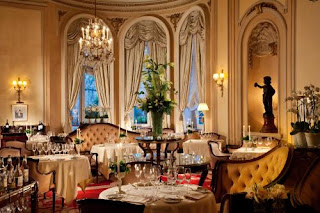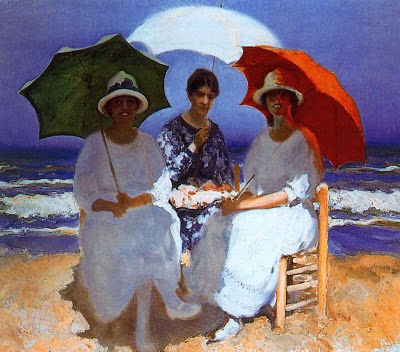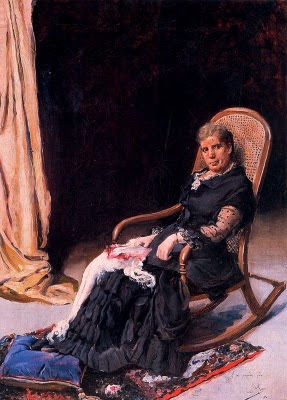Jeffrey T. Larson
The umbrella was invented in China. It appeared for the first time in China 3500 years ago. According to a legend the umbrella was invented by the wife of Luban, Yun, who was both very attentive and anxious for her husband who worked hard all the day, it always rained when Yun brought Luban his daily meal, Luban built shelters on the way of his wife in order to keep her dry. Then, inspired by children who used leafs of lotus to protect them against the rain, Luban contrived the first umbrella creating a vendable structure covered-up with fabrics.
In ancient China, the umbrella was not only a common daily accessory but it also had a sociological meaning. The umbrella was used for official ceremonies and rites, it was the symbol of both the dignity and the status and emperors and officials used it to whow that they protected their nation. And it was used too during weddings ceremonies in China and also for opera, dance and acrobatic art.
With the increase of exchanges with others countries, umbrellas gradually spread in the whole world, At the middle of the 18th century, English businessman brought back umbrellas after their trip in China, which caused an important revolution in the United Kingdom, becoming an essential accessory in that country, as we all know.
Currently, in China, umbrellas may be the most common accessory with bikes. More than 90% are made in this country and then exported all around the world. Chinese use them when it rains as well as sunny days. They have created bikes and motorbikes with a support behind the saddle or on the handlebars, in order to fix their favourite accessory on their vehicles. Thus they can go everywhere whilst being protected against the rain and the harmful sun’s rays. The most traditional umbrella, named “wagasa”, is made of bamboo and Washi, a Japanese paper.
The word “umbra” means shade and indicates the earliest of its twofold uses. As a shade from the sun, the umbrella is of great antiquity. We see it in the sculptures and paintings of Egypt, where the parasol was reserved exclusively for the monarch. From the very limited use of the parasol in Asia and Africa, it seems to have passed both as a distinction and a luxury, into Greece and Rome. The use of the umbrella was early introduced into Italy and had probably continued as a vestige of ancient Roman manners. And it is probably that a similar contrivance existed at the same time period in Spain and Portugal, whence it was taken to the New World. Even Defoe in his book “Robinson Crusoe”, makes him to make his own umbrella, imitating the umbrellas employed in Brazil.
And to illustrate the post I have selected a handful of paintings with parasols as the starring role. I hope you like them!
Joaquin Sorolla y Bastida
Francisco de Goya y Cifuentes
Paul Peel
Claude Monet
August Renoir
Firmin Baes
Giner Bueno
John Silver Sargent
Charles Curran
Lucy Drake Marlow
Frederick Carl Frieseke
Richard Emil Miller
Richard Johnson
William Orpen
William Paxton
Guy Rose
Frank Snapp
Hamilton Hamilton
Laureano Barrau
Claude Firmin
Laureano Barrau
























































